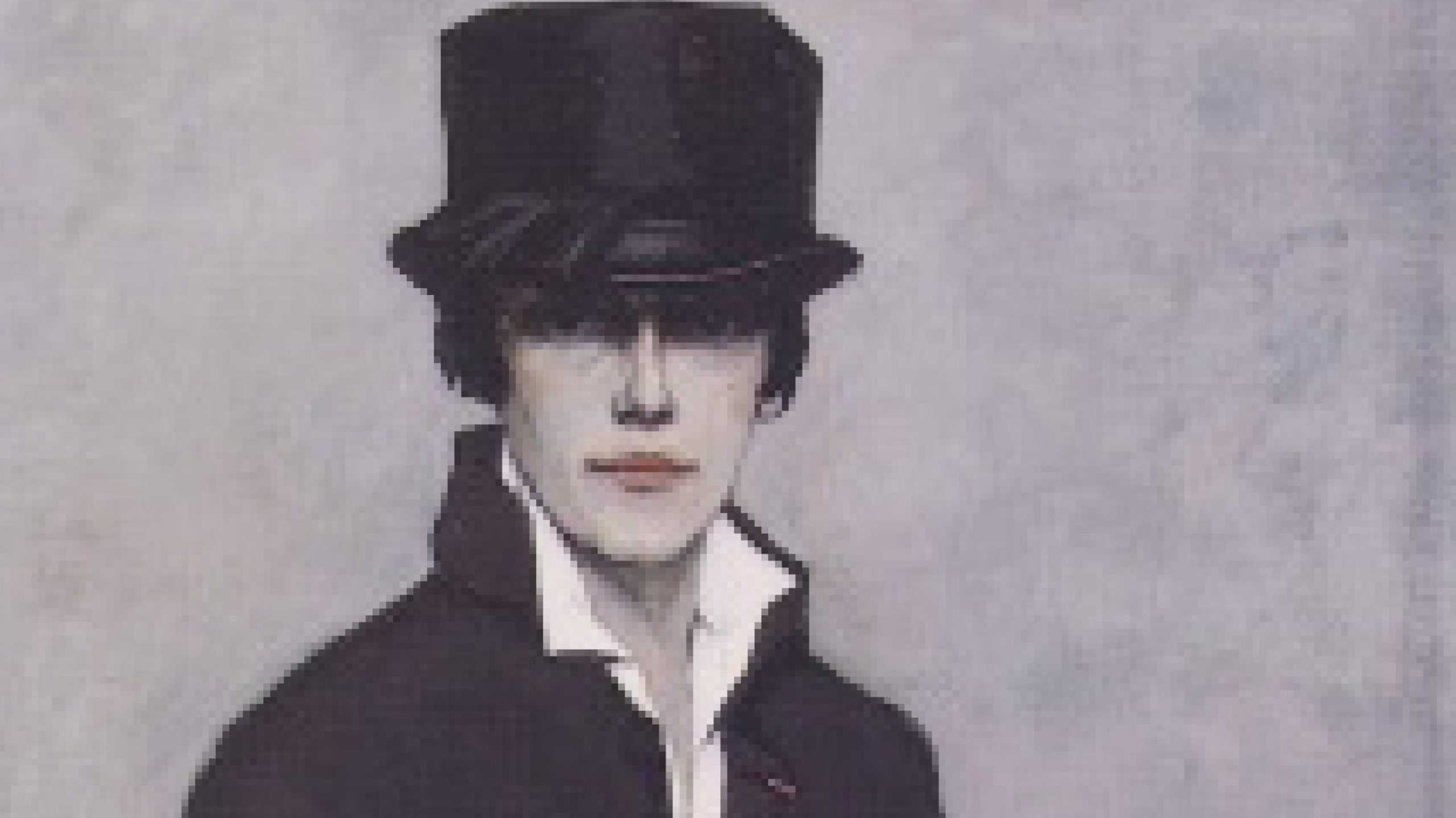Breaking the Mold: Gender Representation(s) in Hispanic Literature and Culture

El curso es una introducción al papel de la mujer en España desde el siglo XVIII hasta nuestros días. El énfasis, sin embargo, se pondrá en las aportaciones al discurso feminista español de algunas de estas artistas, escritoras y directoras, sin perder de vista el contexto histórico, político, social, económico y cultural español y europeo en el que se insertan.
Algunas de las preguntas que se plantearán en el curso son: ¿Qué implica ser una escritora, artista o directora de cine en el contexto social y político en el que produce su obra? ¿Cómo se enfrenta la artista a ello y cómo se posiciona en referencia a entidades como la nación y cuestiones como el nacionalismo? ¿Qué problemática específica se le plantea al sujeto femenino en situaciones de colonialismo? ¿En qué manera las mujeres transforman la literatura y el arte de la tradición? ¿Cómo se construye y reinventa el sujeto femenino? ¿Cómo se plantea la cuestión de la identidad sexual y el cuerpo?
OBJETIVOS:
El curso tiene cuatro objetivos centrales:
1) que el estudiante adquiera un visión general e introductoria de la historia de las
mujeres en España durante los siglos XVIII, XIX y XX, en el marco de la historia de las mujeres en Occidente.
2) que el estudiante adquiera una visión introductoria y general de la producción cultural femenina—artística, literaria y fílmica—en España durante esos mismos siglos.
3) que el estudiante explore en detalle la obra de alguna de las directoras de cine o escritoras más destacadas o relevantes de la cultura española:
4) que, en función de todo lo anterior, el estudiante reflexione sobre una diversidad de temas en referencia a la relación entre cultura y mujer, y principalmente desde el punto de vista de las mujeres mismas
Language of instruction: Spanish
Instructor: Dr. María Soledad Fernández Utrera
Recommended pre-requisites: SPAN 221; and SPAN 301 or equivalent expertise in written and spoken Spanish.
Coming soon!
Coming soon!